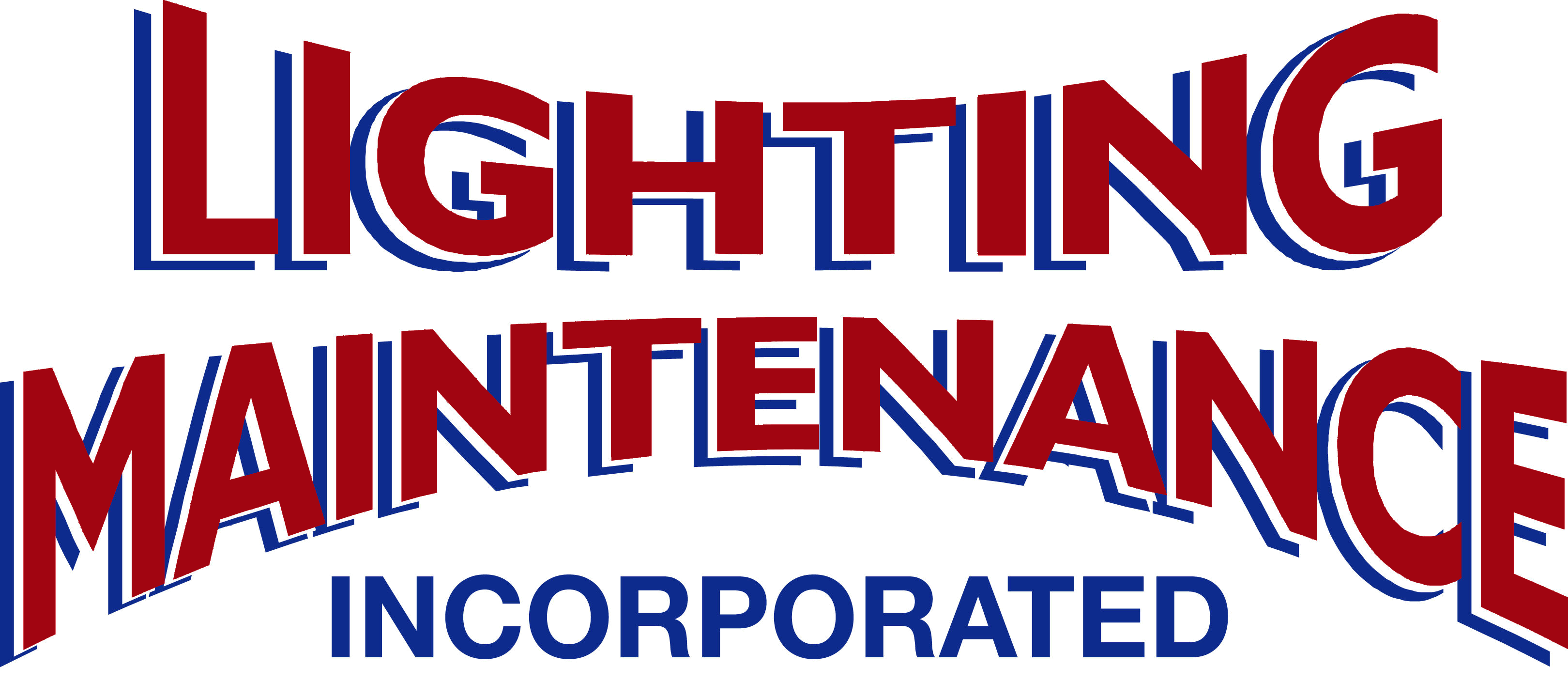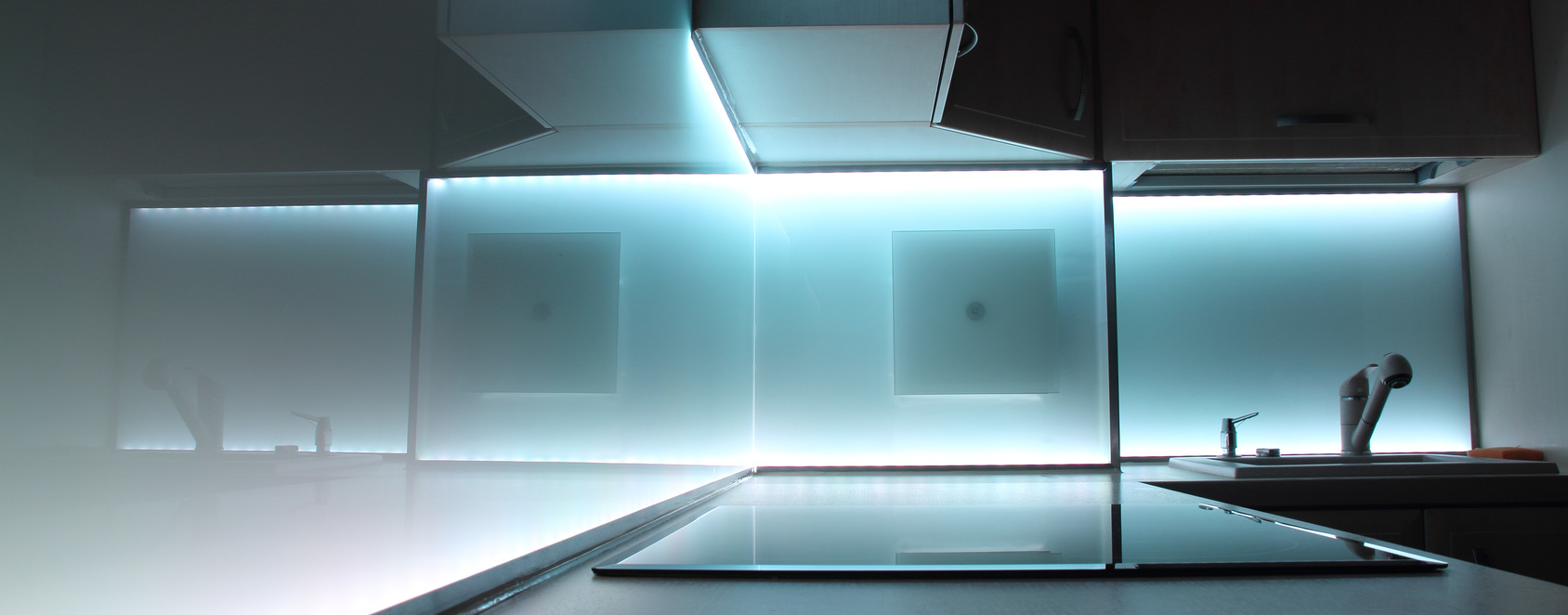24 Feb The Ins and Outs of LED Lighting
LED lighting has made a significant impact on the ways in which commercial, industrial, and retail spaces are able to improve both their interior and exterior lighting systems.
LED stands for light-emitting diode and is one of the modern lighting’s most energy-efficient and popular lighting technologies. Their widespread use has contributed to massive savings for commercial and governmental industries compared to alternative lighting solutions.
Fun Facts About LED Lighting
LED lighting has some pretty unique and neat characteristics. Let’s explore what makes LEDs so different.
- LEDs are small and roughly the size of a fleck of pepper. They utilize red, blue, and green light to create white light.
- LEDs emit minimal heat compared to incandescent and CFL bulbs.
- LED lighting is directional, which means there is no need for diffusers or reflectors that trap light.
Why Make the Switch to LED Lighting?
If saving yourself a ton of money isn’t a good enough reason, there’s a range of benefits you can also discover with LED lighting. Your lighting system is a substantial investment, one that may be difficult to upgrade because you’re worried about the upfront cost. But LED lighting provides a sound investment with several advantages that make them ideal for commercial and government applications.
Your Energy Savings Will Be Off the Charts.
One of the first changes you’ll notice when making the switch to LED lighting is how long they last. Newer LED lighting technologies have incredibly long life-spans.
How long? Well, you can expect nearly 50,000 hours. If we broke that down, your bulb could last roughly 11 years if it was kept on for 12 hours a day!
Light Directional Means Flexible
As we mentioned earlier, LEDs are directional, which means you’re able to focus the light wherever you need it most. This can be beneficial for a wide variety of lighting applications and environments.
LED Lights are Customizable (Kind Of)
LED lighting can come in a wide variety of color temperatures, providing you with a lot of freedom when it comes to your lighting system. LEDs have what is called a Correlated Color Temperature or CCT. This temperature corresponds with Kelvin — a way of measuring temperature that reflects the yellow or blueish white light color that you may be looking for.
LED lighting gives you the option to choose how warm or cool you want your lighting to be. Natural or cool white LED lighting provides a sense of ambient lighting, which may work better for certain applications and environments while bluer lighting may be more suitable for areas where you want a sense of “natural light” for your space.
LED Lighting is Tough
Your lighting’s durability may not be top of mind, but broken bulbs can be a huge headache for commercial or government properties. Traditional incandescent bulbs or neon tubes are fragile and, when broken, can release dangerous materials. LEDs are far more solid and utilize semiconductor materials that are far stronger than bulbs of the past.
Environmentally Friendly
Not only does LED lighting require far less energy and last longer than traditional lighting options, but its also made from non-toxic materials. Fluorescent and neon lighting use mercury, which can be a headache to dispose of properly and can have severe environmental repercussions. LED lighting, on the other hand, is recyclable and considered an eco-friendly lighting solution.
A Safe Solution
Safety can be a significant concern for commercial and government properties looking for the right lighting solution. LEDs generate almost no heat and are cool to the touch, which is part of the reason they’re able to be left on for hours on end without burnouts or fire hazards.
The Difference Between LEDs and Traditional Lighting
As you’ve noticed throughout this article, LED lighting systems have many benefits that make them ideal for a wide variety of applications, properties, and environments. Let’s review some of the key points that make LED lighting stand above and beyond its ancient counterpoints.
- LED lighting has an incredibly long life-span, which means you won’t have to change out bulbs nearly as often and can rest easy knowing your building will be lit for longer.
- You have a range of color temperatures to choose from, which means you’re able to find a lighting solution that matches your preference.
- LED lighting systems emit almost no heat, which makes them a safe alternative to traditional lighting.
- An LED lighting system is environmentally friendly and recyclable, which makes it a green option for commercial and government entities looking for a sustainable choice.
- They’ll save you money by reducing your utility bill.
3 Ways You Can Take Advantage of LED Lighting
So, you’ve been convinced — you’re going to make the switch to LED lighting, but where should you start? Well, here are five ways you can implement LEDs into your property’s lighting system.
Recessed downlighting – can be found in a wide variety of spaces such as hallways, bathrooms, and office or commercial settings. These are areas that require constant illumination, and LED is a perfect solution.
Outdoor lighting – such as street lights, parking garages, and other outdoor areas are an ideal candidate for LED lighting systems.
Kitchen lighting – can certainly benefit from the directional capabilities of LED lighting and the cool blue color it can provide. Countertops and under-cabinet lighting are a great fit for LED lighting.
Now, these are certainly not the only uses for LED lighting systems, as property owners can find a nearly endless need for improved or upgraded lighting systems.
Optimize Your Lighting System
Over the years, we’ve helped countless commercial and governmental properties improve their lighting capabilities while drastically reducing their energy footprint and bill. The incredible benefits of LED lighting are clear, and technology has created immense opportunities for safe, environmentally friendly, and cost-effective lighting solutions you can take advantage of.





